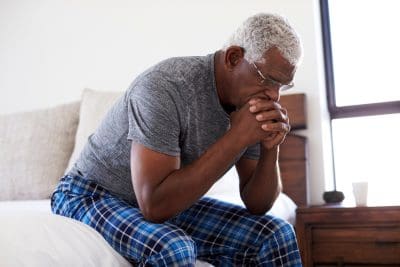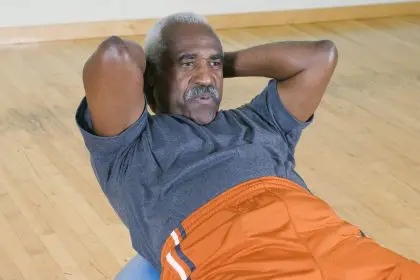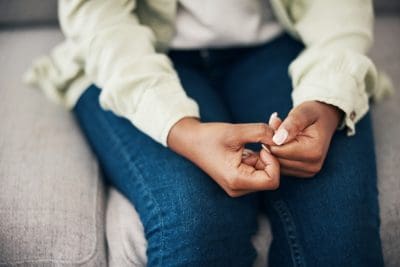Navigating stress has become an intricate dance. For countless individuals, retail therapy has become a favored performance. The instant allure of acquiring something new provides a fleeting sense of solace, prompting us to question the sustainability of this method as a true pathway to healing. Beyond this emotional mirage, we will chart a course towards healthier alternatives, steering away from the deceptive allure of impulsive spending and guiding towards authentic avenues of self-discovery and lasting rejuvenation.
Understanding retail therapy
Retail therapy is a term used to describe the act of shopping to improve one’s mood or emotional state. Whether it’s buying a new outfit, the latest gadget or even a small trinket, the act of spending money is believed to alleviate stress and provide a momentary escape from life’s challenges. However, the euphoria that accompanies a new purchase is often short-lived, leaving individuals trapped in a cycle of consumption as a means of emotional relief.
The emotional deception unveiled
At the core of retail therapy lies a deceptive promise – that material possessions can fill the void left by emotional struggles. The reality, however, is far more complex. While shopping might provide a fleeting sense of happiness, it fails to address the root causes of stress and emotional turmoil. In fact, excessive shopping can lead to financial strain, exacerbating the very issues one seeks to escape.
Moreover, the dopamine rush experienced during the shopping process is akin to a sugar high: intense but transient. As the novelty of the purchase wears off, individuals often find themselves back at square one, grappling with the same emotional challenges that prompted their shopping spree.
Breaking the cycle: From spending to healing
To truly address emotional struggles, it’s essential to shift the focus from spending to healing. Here are some alternative strategies that contribute to genuine well-being:
1. Mindfulness and meditation: Cultivating mindfulness through meditation can provide a more sustainable way to manage stress. Mindfulness encourages living in the present moment, fostering resilience and emotional strength.
2. Physical activity: Regular exercise has been proven to have a positive impact on mental health. Engaging in activities like walking, jogging or yoga releases endorphins, contributing to a more stable emotional state.
3. Connection with others: Building and nurturing relationships can be a powerful antidote to emotional distress. Sharing thoughts and feelings with friends or family provides a support system that goes beyond the fleeting satisfaction of a new purchase.
4. Creative outlets: Exploring creative pursuits, whether it’s writing, painting or playing a musical instrument, can offer a productive and fulfilling way to channel emotions.
5. Professional support: Seeking the guidance of a mental health professional is a proactive step toward long-term emotional well-being. Therapy provides a safe space to explore and address the root causes of stress and anxiety.
In the intricate tapestry of emotional well-being, the allure of retail therapy — while momentarily enticing —reveals itself as a deceptive mirage. The cycle of seeking quick relief only to be met with eventual disappointment becomes a poignant reminder of its transience. Breaking free from this grasp necessitates a deep understanding of the emotional deception interwoven into impulsive spending habits. Redirecting our focus becomes the compass guiding us toward genuine healing methods. It is within the embrace of mindfulness, physical activity, meaningful connections, creative outlets and professional support that we unearth the foundations of lasting well-being.
This story was created using AI technology.














